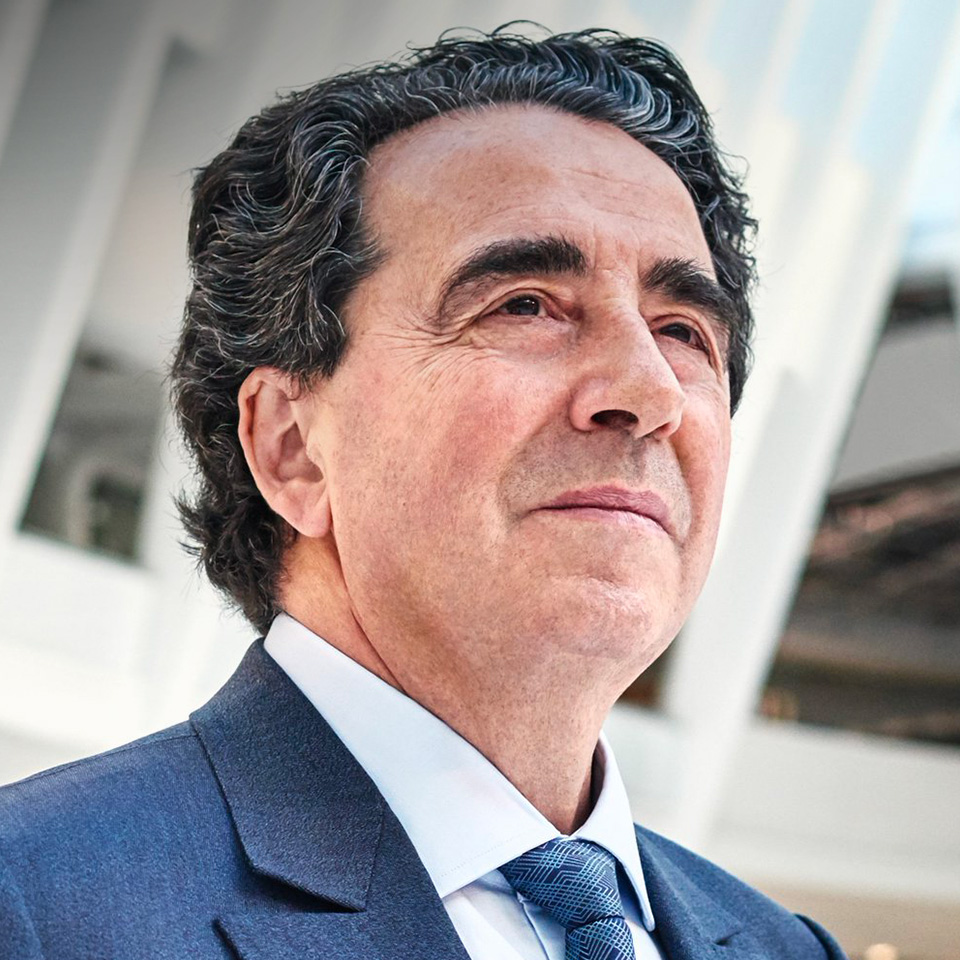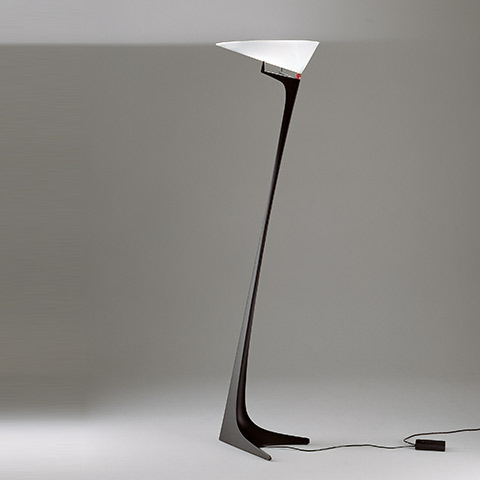Architect, Artist and Engineer, Santiago Calatrava was born in 1951 in Valencia, Spain. He attended primary and secondary school in Valencia and, from the age of eight, he also attended the Arts and Crafts School, where he began his formal instruction in drawing and painting. Upon completing high school in Valencia and following a period spent in Paris, he enrolled in the Escuela Técnica Superior de Arquitectura in Valencia where he received a degree in Architecture and took a post-graduate course in Urbanism, followed by post-graduate studies in Civil Engineering at the ETH (Swiss Federal Institute of Technology) in Zurich.
After completing his studies, he took on small engineering commissions, but also began to enter competitions with his first winning proposal in 1983 for the design and construction of Stadelhofen Railway Station in Zurich. In 1984, Calatrava designed the Bach de Roda Bridge in Barcelona. This was the first of the bridge projects that established his international reputation.
Calatrava established his firm’s offices in various countries through the years (Paris, Valencia, New York…), in order to be closer to a number of important commissions.
Exhibitions of Calatrava’s work were first mounted in 1985 with the display of nine sculptures in a Zurich gallery and have multiplied over the years, reaching as far as the most recent “Santiago Calatrava. Le metamorfosi dello spazio” at the Vatican Museums in the Vatican City, Italy.
Calatrava has received countless prizes and awards from renowned institutions and organizations and his personal contribution has been recognized worldwide.
He was named a “Global Leader for Tomorrow” by the World Economic Forum in 1993 and was named as one of the 100 most influential people by Time Magazine in 2005.
Santiago
Calatrava

